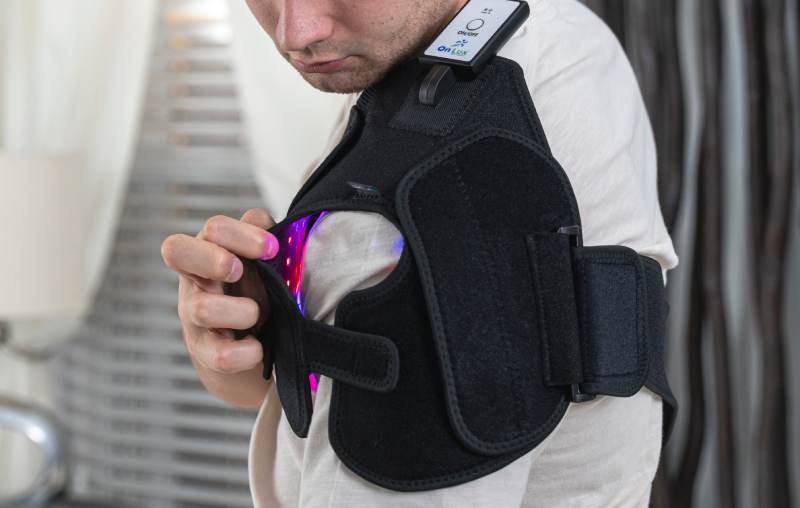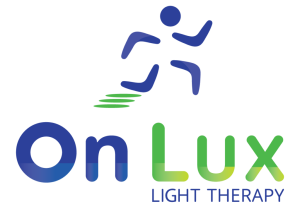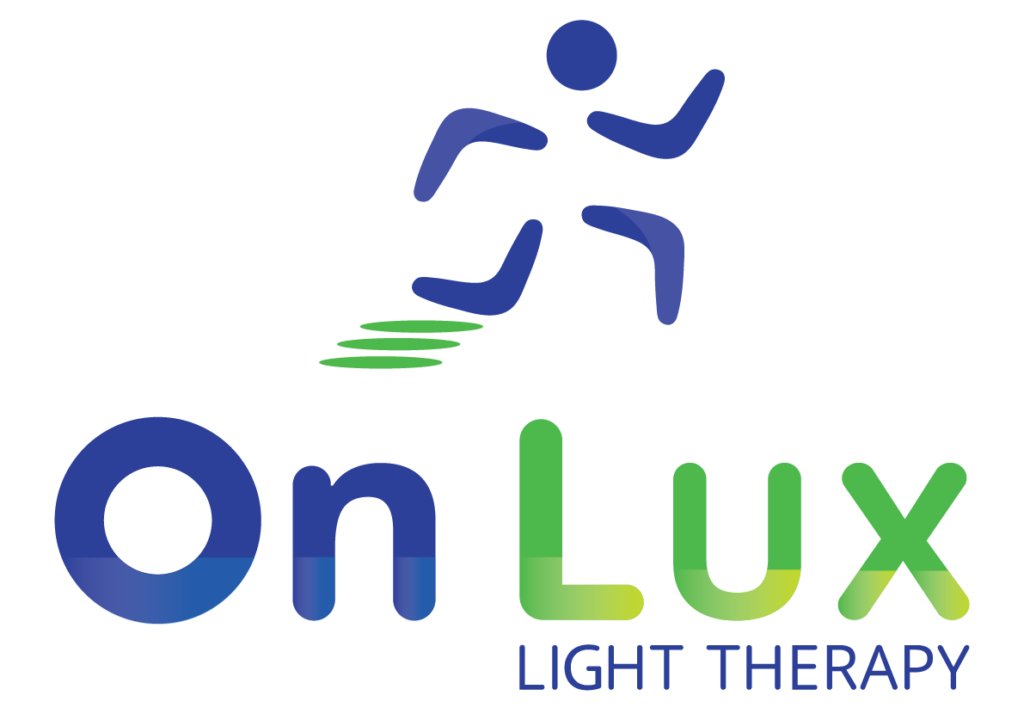Backed By Science
Photobiomodulation technology is supported by years of research showing the healing power of red light therapy.
NASA & Light Therapy Findings
Thousands of studies over the past 40 years, spear headed by NASA, documents that light therapy is all-natural and safe to use. It provides a cascade of benefits that stimulate the healing process.
A 2015 medical publication by Dr. Howard B. Cotler entitled “A NASA Discovery Has Current Applications in Orthopedics” documents that Light Therapy has been actively used for nearly 40 years, during which time it has been known to reduce pain, inflammation, and edema. It also has the ability to promote healing of wounds, including deep tissues and nerves, and prevent tissue damage through cell death. Much of the landmark research was done by the National Aeronautics and Space Administration (NASA).
The application of light therapy with the use of NASA LED’s will significantly improve the medical care that is available to astronauts on long-term space missions. NASA LED’s stimulate the basic energy processes in the mitochondria (energy compartments) of each cell, particularly when near-infrared light is used to activate the color sensitive chemicals (chromophores, cytochrome systems).
Understanding How Light Therapy Works

The Science of PhotoBiomodulation
Photobiomodulation refers to the use of photons at a non-thermal irradiance to alter biological activity. Light Therapy involves exposing cells or tissue to low-levels of red and near infrared (NIR) light. This process is referred to as ‘low-level’ because the energy or power densities employed are low compared to other forms of laser therapy such as ablation, cutting, and thermally coagulating tissue.
Mitochondria serve as our cellular “power plants”. They convert food molecules to energy (ATP) and oxygen by a process called oxidative phosphorylation. Cytochrome c Oxidase (COX) is the primary photoreceptor for wave lengths of Light Therapy Nitric oxide in mitochondria can bind to COX and displace oxygen in injured and hypoxic cells. Consequently, a cascade of events occurs in the mitochondria, leading to biostimulation of various processes, thus, Light Therapy can photo dissociate NO from COX and reverse this, when this happens it allows for healing of injured cells to take place.
Light Therapy’s effect on vasodilation was described in 1968. Light Therapy increases blood flow to expedite healing of tissue. It is clinically reasoned that Light Therapy is able to produce a shift for greater cellular oxidation due to the activation of various transcription factors. The most important of these molecules is reported to be ATP, cyclic-AMP and NO. Light Therapy has been clinically shown to enhance cellular proliferation of fibroblasts, endothelial cells and lymphocytes. The proposed mechanism of proliferation is stimulation of mitochondrial cells to activate signal pathways to upregulate transcription factors to increase production of growth factors. Furthermore, Light Therapy also increases neovascularization and collagen synthesis to aid in healing of acute and chronic wounds and soft tissue injuries.
Blue Light Wavelengths
Blue Light is used to help address bacteria issues that may compromise wound care after an injury or post operation. Moreover, recent studies have documented that two of the most common strains of MRSA can be virtually eliminated through simple exposure to blue light.
Red Light Wavelengths
Red Light is used to treat the thick layer of living tissue below the epidermis containing blood capillaries, nerve endings, and other important structures.
Near-Infrared Light Wavelengths or NIR
Near infrared (NIR) is a form of photobiomodulation that uses invisible, near-infrared wavelengths and penetrates the body further then Blue or Red light. Clinical studies show NIR helps with muscular healing and accelerated recovery.
Mid-Infrared (MIR) Light Wavelengths
Because Mid-Infrared (MIR) wavelengths penetrate deeper into body then blue, red, and NIR wavelengths, they allow for peak interaction of light with H2O. The bulk of the MIR energy goes to creating thermal gradients in the H2O, thereby increasing circulation so more oxygen can reach the injured areas of the body. This reduces inflammation, pain and speeds the healing process.
Frequently Asked Questions
The point of greatest control is before you take the first opioid. Injured workers should be active participants in their care so they can make an informed decision regarding treatment. Know your options.
Below is an overview of how to use OnLux products:
- Charging the battery is simple. Please insert the USB-C cable into the wall charger that came with your OnLux order. Now place the wall charger into your electrical outlet. Now connect the controller/battery into USB-C cable cord. You will see a blinking orange light to show it’s charging.
- Once it is fully charged, the light will turn solid orange.
- You can get 3 full 15-minute sessions before the battery needs to be recharged.
- When turning on your OnLux device, simply attach/snap the controller/battery onto the wrap you purchased and press the “start/power-on” button. At this point you will see the lights turn on and you should hear one “beep sound”.
- When the 15-minute session is complete, the device will beep 3 times and then turn off by itself. At this time you can remove the device.
- We suggest application of one 15-minute session per day. Use it 5 to 7 days per week when dealing with discomfort/pain. If there is no discomfort/pain, you can use it for physical maintenance as often or as little as you deem appropriate. You know your body best.
- If you are dealing with more significant pain or any type of wound care management, we suggest using it 2-3 times per day with at least 2 hours in between each session. Once your condition has improved, use the device on an as needed basis.
- OnLux can be used with clothing on, but only if you are wearing thin clothing. However, for optimal results we recommend placing wraps directly on skin.
Yes. Do not place OnLux over a cardiac pacemaker or use during pregnancy. Please refer to the product manual.
There are no known permanent side effects caused from using OnLux.

